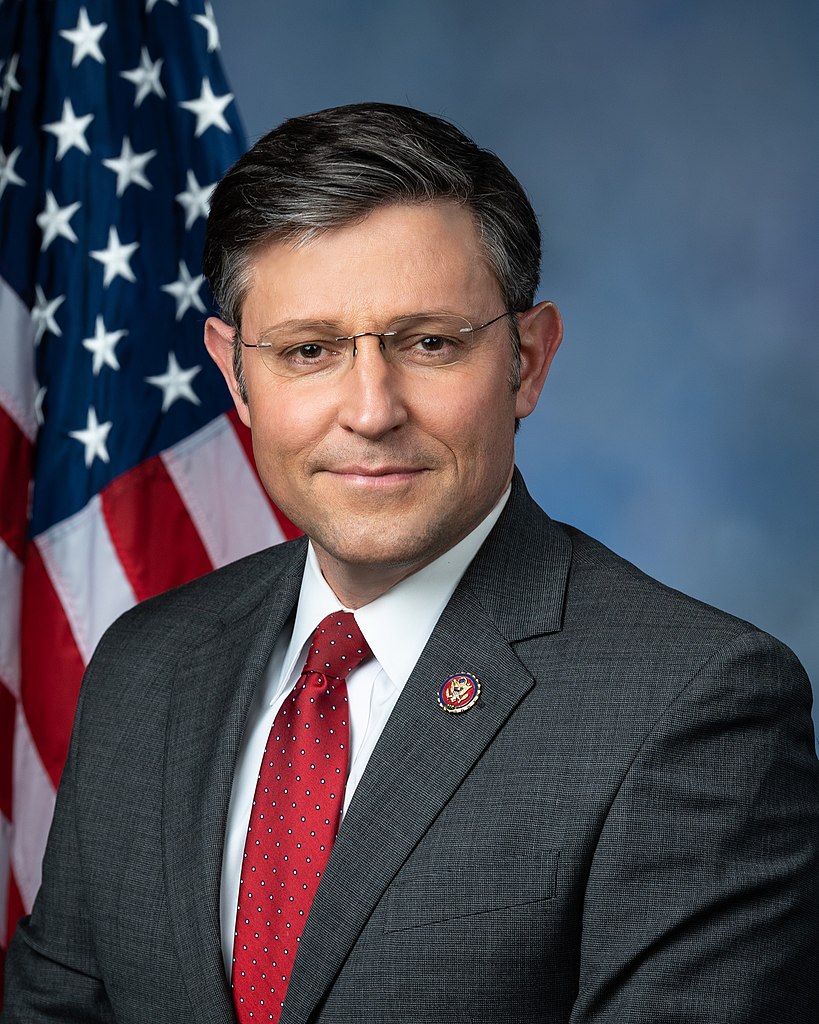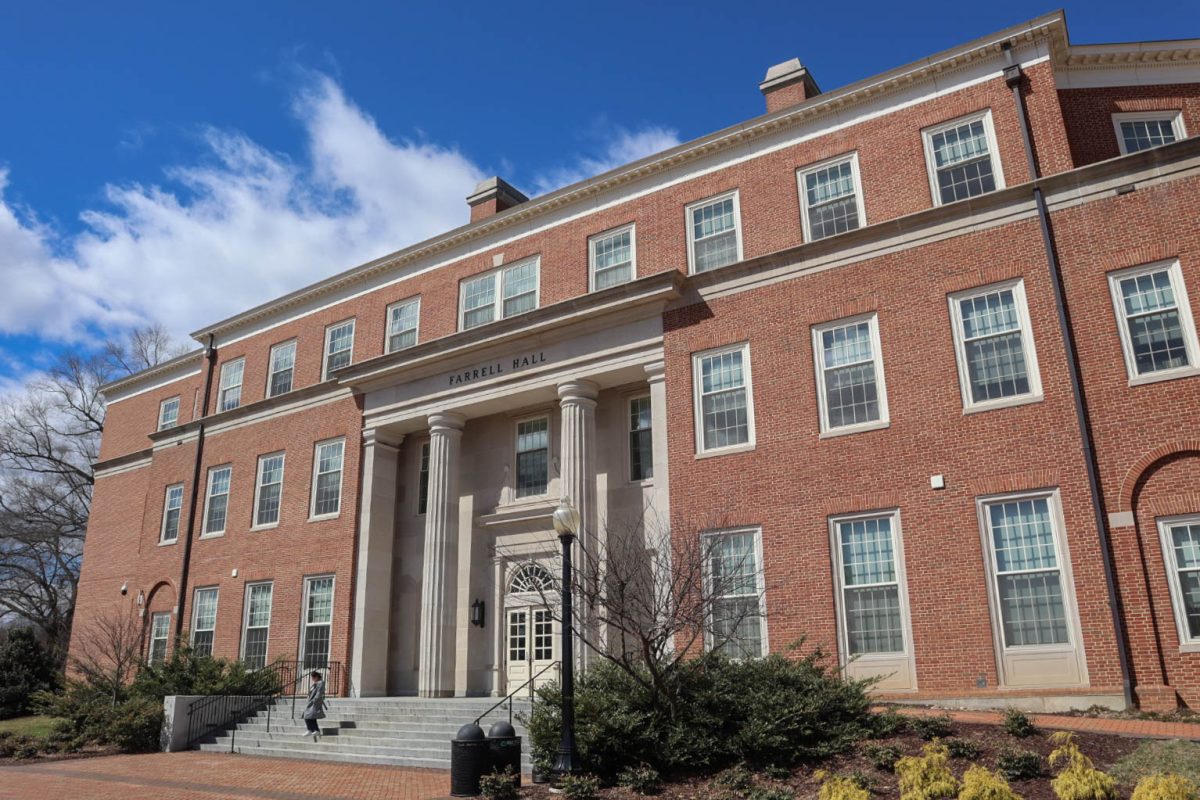
When the COVID-19 outbreak first began to sweep the United States, there was a common sentiment thrown around: “Coronavirus is the great equalizer.” This was a generalization applied to this disease, implying an equal impact on any person, regardless of their race, gender, religion, sexual orientation, socioeconomic status, etc. We all just had to do our part to stop the spread by staying inside, quarantining ourselves if we had recently been to a country abroad, to wash our hands regularly, to stop non-essential activities, to avoid touching our face and to end gatherings of 10 people or more.
However, the reality is that COVID-19 is everything except “the great equalizer.” In fact, the coronavirus is disproportionality impacting communities of color, particularly Black communities in this country. Recent data emerging about the striking amount of minority deaths from COVID-19 has forced our government officials, in particular, President Donald Trump and his COVID-19 Task Force, to outline the overt reasons for why minorities have been hit the hardest in this pandemic.
Recently, U.S. Surgeon General Jerome Adams, spoke at a COVID-19 Task Force Briefing. He broke down, in detail, exactly the ways in which minorities have been affected by the coronavirus, the reasons behind why, and some of the alarming statistics of deaths in certain states. According to his report, in New York City, Latinx residents have made up the majority of the deaths, and all together, Latinx and Black residents are dying at a rate twice as fast as whites. In Milwaukee County, Wisconsin, Black residents only make up about 25% of the population but have accounted for about 50% of COVID-19 cases, and 75% of the deaths. Adams summed up this data in a poignant way: “it’s alarming, but not surprising.”
While there are many overlapping factors behind why minorities are being hit hardest, three prominent reasons come to mind: underlying health conditions, the overwhelming poverty and lower socioeconomic status in these communities — which subsequently leads to the lack of access to healthcare, and in many instances, the lack of proper treatment upon reception of said healthcare. Being a minority in the U.S. brings forth an immense amount of stress, worry and pressure, contributing to, but is not the sole reason for, the underlying health conditions that we are more susceptible to. Adams outlined that Blacks and Native Americans are more at risk for suffering from high blood pressure at earlier ages than is common, creating more damage to their organs. Puerto Ricans show higher rates of asthma, and the statistics of Black boys dying of asthma is three times higher than that of their white peers.
…the coronavirus is disproportionality impacting communities of color, particularly Black communities in this country
Furthermore, minorities often go untreated for these health issues, creating more harm. Due to the poverty that ravishes these communities, access to healthcare is severely limited. Additionally, many minorities cannot afford the unreasonably expensive medical bills, another deterrent towards seeking out necessary treatment that could aid in avoiding immediate death. There is also fear among many minorities to even seek treatment at a local clinic or hospital (provided that there is even one within a reasonable distance) because of the racial and discriminatory bias that has pervaded our healthcare system for quite some time: the Eugenics movement, the Henrietta Lacks scandal, the refusal of Blacks being treated in all-white hospitals, etc.
It is also worth mentioning that because many minorities live in impoverished, lower-income areas, access to healthy, nutritious food, and clean water is largely unavailable. For instance, Flint, Michigan still does not have clean water, and 30% of homes in the Navajo Nation have no running water, preventing residents from washing their hands. Issues of housing also contribute to the spread of COVID-19, as communities of color do not have the privilege of social distancing. Many live-in smaller housing facilities and tightly packed neighborhoods. Lastly, 1/5 of Black and Latinx residents continue to work outside their home during this pandemic, heightening the risk of contracting the coronavirus as has been shown.
These disparities are neither new nor unfamiliar, and it is during times of hardship that minorities are usually hit the hardest. Now is the time for our nation to take a hard look at the ways in which communities of color continue to suffer at the hands of systematic oppression, to hold these systems accountable for the harm they have done and continue to do, and most importantly, move towards permanently eradicating them.
















